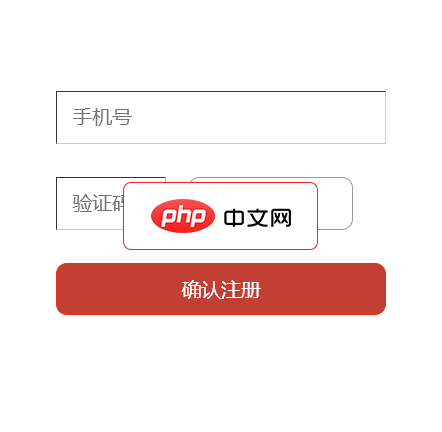
本文介绍了如何使用 Go 语言的 `net/http` 包中的 `http.NewRequest` 函数来发送 `application/x-www-form-urlencoded` 格式的 POST 请求。重点在于如何正确地将 URL 编码的数据作为请求体传递,避免常见的 400 Bad Request 错误,并提供可直接运行的代码示例。
在使用 Go 语言发送 HTTP 请求时,http.NewRequest 函数是一个强大的工具,它允许你完全控制请求的各个方面,包括方法、URL、头部和请求体。当需要发送 application/x-www-form-urlencoded 格式的 POST 请求时,理解如何正确地构建请求体至关重要。
关键在于请求体 (Body)
http.NewRequest 函数的签名是 http.NewRequest(method, urlStr string, body io.Reader)。 其中 body 参数的类型是 io.Reader,这意味着你可以将任何实现了 io.Reader 接口的对象作为请求体。对于 application/x-www-form-urlencoded 格式的数据,我们需要将数据进行 URL 编码,然后将其作为 io.Reader 传递。
示例代码
以下是一个完整的示例,展示了如何使用 http.NewRequest 发送一个包含 URL 编码数据的 POST 请求:

本接口为腾讯云短信发送接口,页面代码全部采用 ASP 语句编写,方便使用ASP开发者应用到自己开发的业务中。只需将腾讯云短信申请的4个参数值填入即可使用,无需其它改动。申明:本接口为本人原创。
 0
0

package main
import (
"fmt"
"net/http"
"net/url"
"strings"
)
func main() {
apiUrl := "https://api.example.com" // 替换为你的 API 地址
resource := "/user/"
// 准备 URL 编码的数据
data := url.Values{}
data.Set("name", "foo")
data.Set("surname", "bar")
// 构建完整的 URL
u, err := url.ParseRequestURI(apiUrl)
if err != nil {
fmt.Println("Error parsing URL:", err)
return
}
u.Path = resource
urlStr := u.String() // "https://api.example.com/user/"
// 创建 HTTP 客户端
client := &http.Client{}
// 创建请求
reqBody := strings.NewReader(data.Encode()) // 将 URL 编码的数据转换为 io.Reader
r, err := http.NewRequest(http.MethodPost, urlStr, reqBody)
if err != nil {
fmt.Println("Error creating request:", err)
return
}
// 设置请求头部
r.Header.Add("Authorization", "auth_token=\"XXXXXXX\"") // 替换为你的认证 token
r.Header.Add("Content-Type", "application/x-www-form-urlencoded")
// 发送请求
resp, err := client.Do(r)
if err != nil {
fmt.Println("Error sending request:", err)
return
}
defer resp.Body.Close()
// 打印响应状态
fmt.Println("Response Status:", resp.Status)
}代码解析
注意事项
总结
通过将 URL 编码的数据作为 io.Reader 传递给 http.NewRequest 函数,可以轻松地发送 application/x-www-form-urlencoded 格式的 POST 请求。 记住,正确的设置 Content-Type 头部,并处理潜在的错误,是确保请求成功的关键。
以上就是使用 http.NewRequest 发送 URL 编码的 POST 请求的详细内容,更多请关注php中文网其它相关文章!

每个人都需要一台速度更快、更稳定的 PC。随着时间的推移,垃圾文件、旧注册表数据和不必要的后台进程会占用资源并降低性能。幸运的是,许多工具可以让 Windows 保持平稳运行。

Copyright 2014-2025 https://www.php.cn/ All Rights Reserved | php.cn | 湘ICP备2023035733号